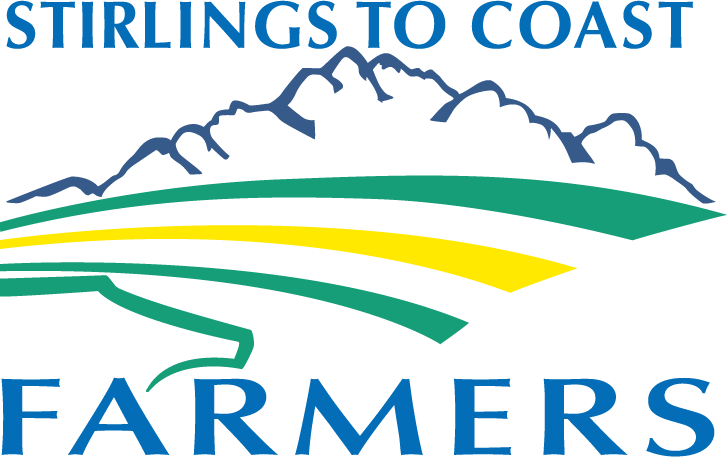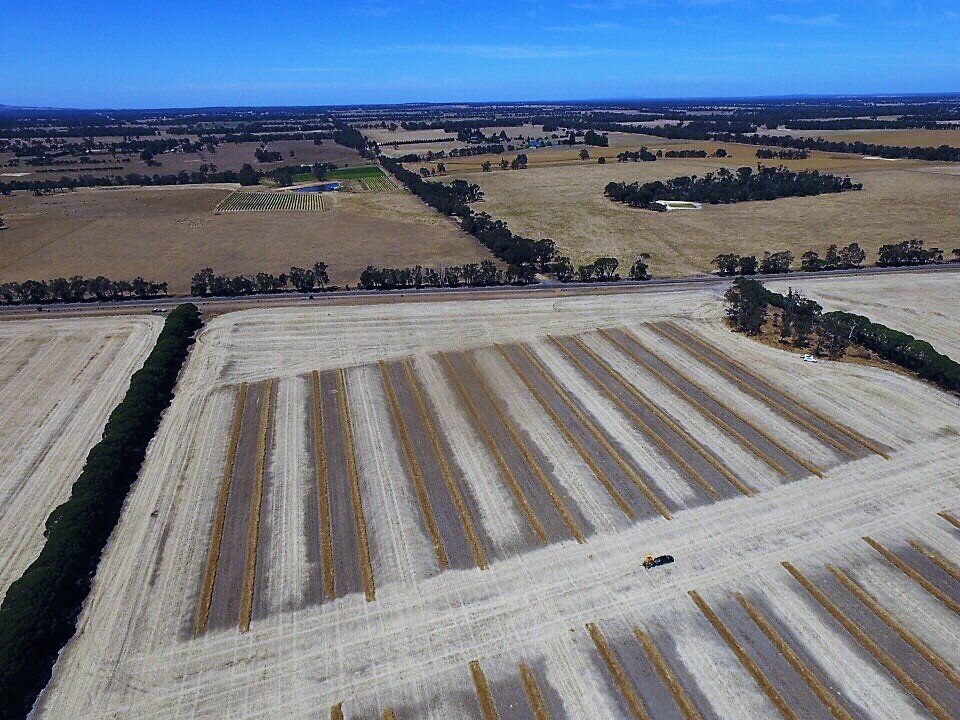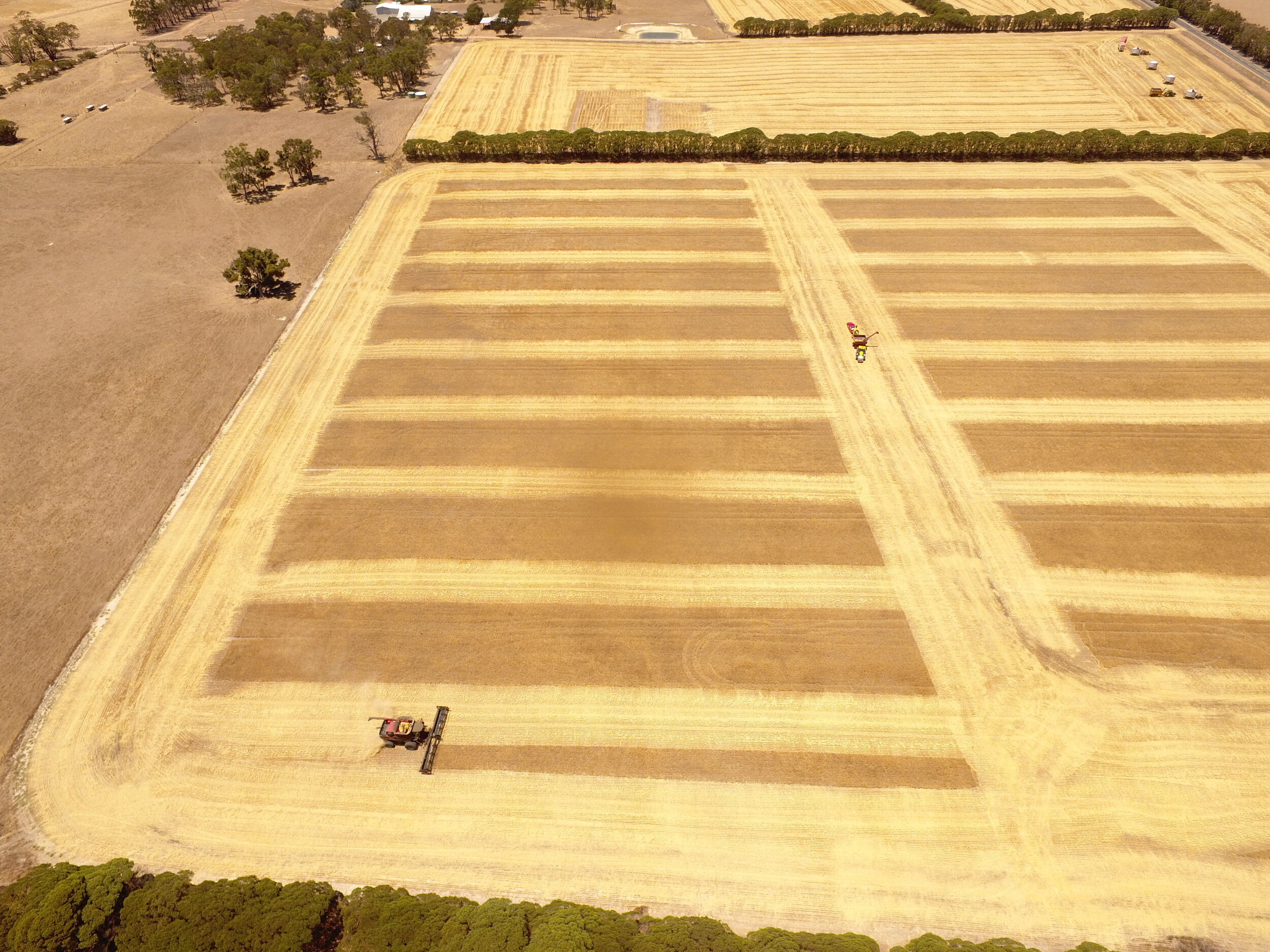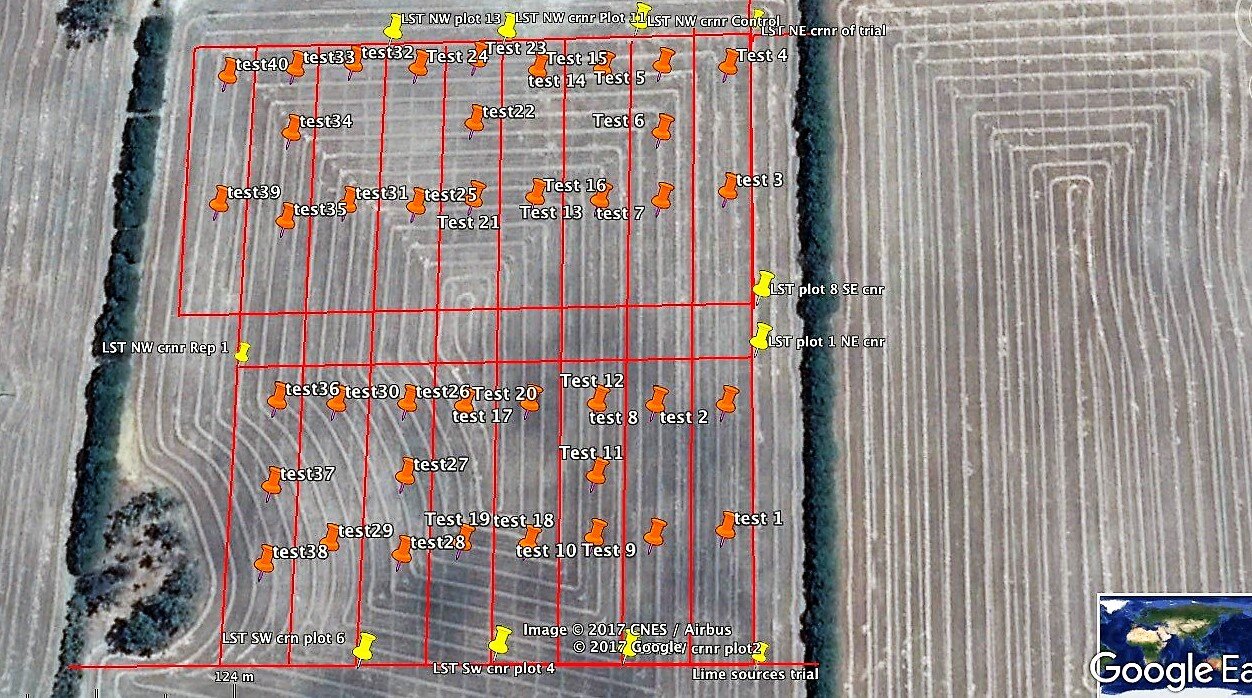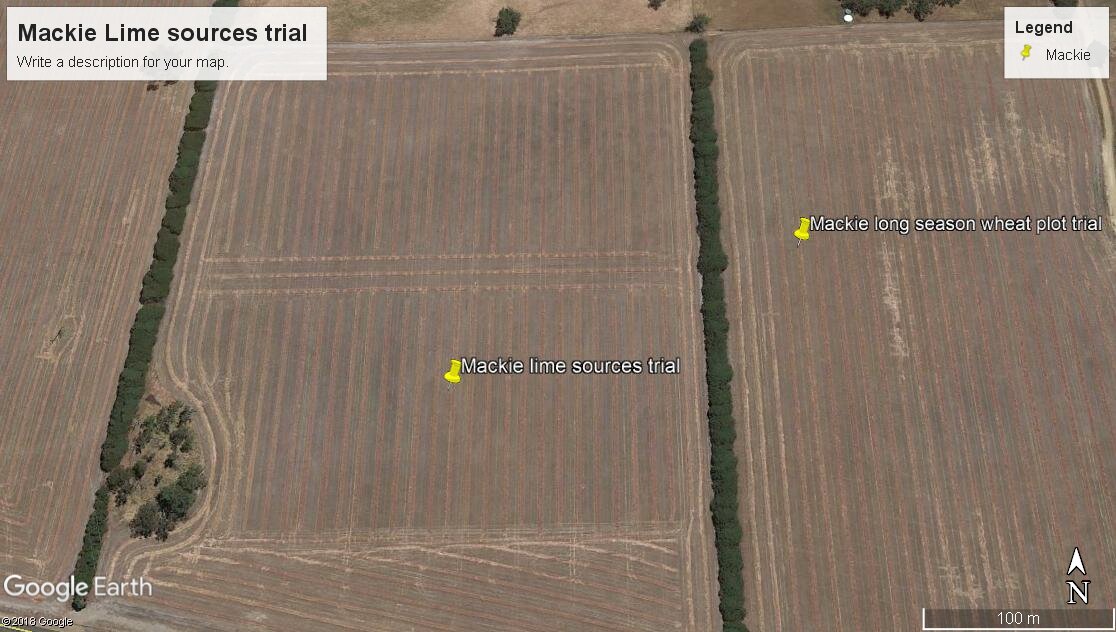Lime Sources
Key Messages
There were no significant differences in wheat yields between the different lime treatments in 2020.
Grain yields measured in 2017 (canola) and 2018 (barley) were also not significantly different between the lime treatments.
Soil pH data collected in 2019 show an increase in soil pH for all lime treatments in the topsoil (0-10cm) and 10-20cm layers compared to data collected in 2015 at the beginning of the trial.
Soil pH changes in the 20-30cm layer have been negligible compared to the untreated control over the six years.
This trial shows that the addition of lime has improved soil pH to a depth of 20cm.The fact that this has not resulted in an improvement in grain yield is likely a reflection that the soil pH levels at this site were not low enough to be a constraint to grain yield.
Background
The lime sources trial at Kendenup was established in 2015 to address the lack of long-term lime trials in the southern High Rainfall Zone (HRZ). John Blake (SCF) set up the original trial with funding from South Coast Natural Resource Management (SCNRM). The aim was to evaluate five different sources of lime from the southwest to determine if there were changes in soil pH or grain yields over time. SCF received funding in 2020 from the National Landcare Program (NLP) to continue monitoring and reporting on the trial results to benefit members and the agricultural industry.
Methods
A two-replicate broad-scale trial was set up in 2015 with plot dimensions of 130m by 30m. The lime sources were:
1. Bornholm
2. Denmark
3. Lancelin
4. Redgate
5. WALCO
6. Nil control
7. 3 times 2(t/ha) Lime equivalent or 6t/ha Lime
Each lime source had the product rate (t/ha) adjusted to ensure each plot received the same amount of neutralising value (NV). For example, the reference liming rate was 2t/ha with a NV of 80%. Lime with a slightly lower NV, say 74%, had a higher rate of lime applied to make the NV’s even between treatments.
Soil-sampling contractors carried out a comprehensive soil testing regime to determine the baseline levels of soil acidity in each plot from three different soil depths; 0-10cm, 10-20cm and 20-30cm in 2015. The soil sampling locations were geo-referenced, so re-testing years later can be carried out from the same position within the plot.
Conclusions
The lack of grain yield differences in 2017, 2018 and 2020 reflects the adequate starting soil pH levels and the ‘soft’ seasonal finishes, which tend to mask the effects of soil constraints. Despite no yield difference, 2t/ha of lime has lifted the soil pH levels, and the un-replicated 6t/ha lime treatment raised soil pH by even more (>1 pH unit). After four years, the subtle soil pH changes deeper than 0-10cm show how slowly lime moves in the profile. At the end of this 2021 growing season, we will conduct more soil testing to determine the pH levels in the different soil layers. We will also continue to monitor the grain yields in the upcoming years.
Find out more
Articles
ACKNOWLEDGEMENTS
This project was initially funded by South Coast NRM’s Southern Incentives:Southern Soils initiative which was supported by the National Landcare Program.
